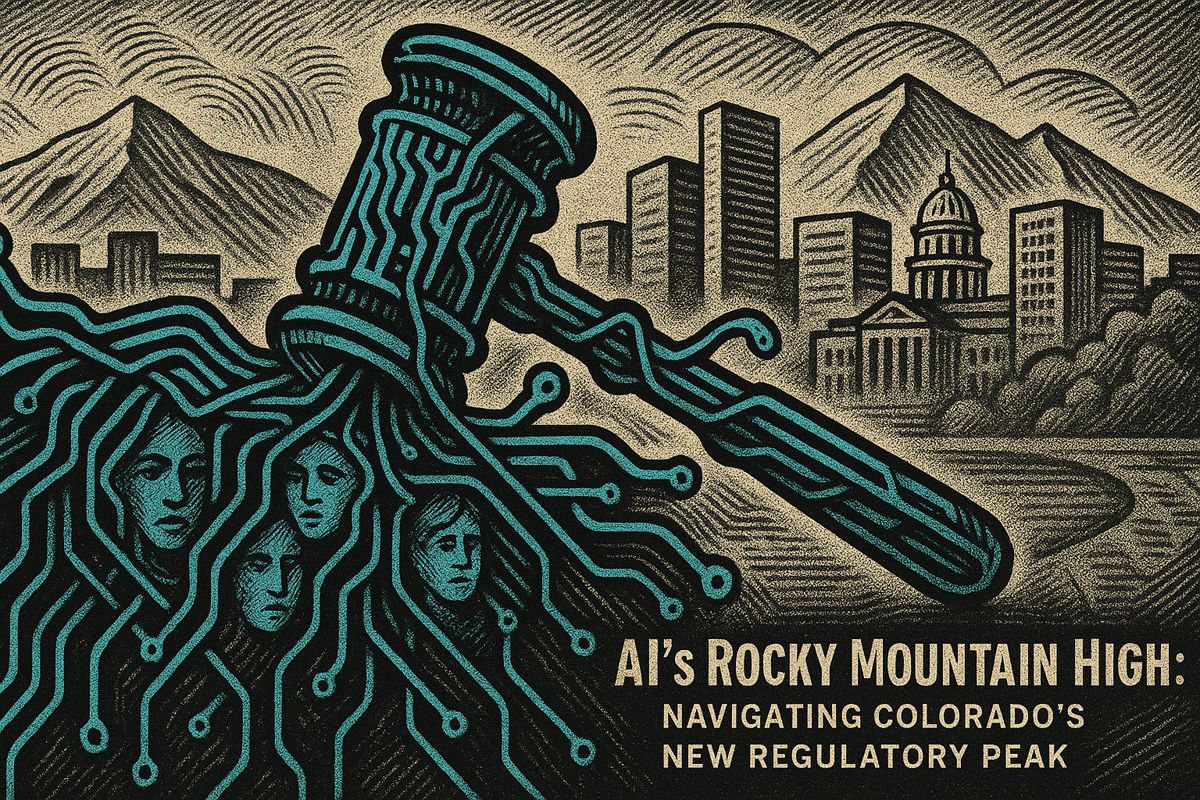Open-weight AI models have caught up with big-name proprietary APIs in both speed and flexibility. Thanks to new technology, tools like Llama-4 on Hugging Face now respond super fast – often under 50 milliseconds – for most people worldwide. These models work on many types of hardware and can even run without the cloud, making them easy to use in lots of places like robots and smart shopping carts. Now, developers can pick and mix parts, avoid being stuck with one company, and build powerful AI systems without special contracts.
How have open-weight AI models achieved performance parity with proprietary APIs at scale?
Recent advancements allow open-weight AI models, like Llama-4 on Hugging Face, to deliver sub-50 ms latency for most global users, match proprietary API speed, and operate flexibly across GPU, LPU, and edge hardware. This enables production-ready, scalable AI deployments without vendor lock-in.
From Beta to Battle-Ready: How Open-Weight AI Just Matched Proprietary APIs
Open-weight models have always been a step behind on deployment , even when they matched or beat the accuracy of closed alternatives. Three developments that rolled out between July and August 2025 changed that equation overnight:
| Milestone | Provider | Launch Window | Key Metric |
|---|---|---|---|
| Serverless parity | Hugging Face | July 2025 | 127 ms average cold-start[^1] |
| Embedded vector search | Qdrant Edge | July 2025 | 96 MB peak RAM, zero external processes[^2] |
| Remote-provider cascade | Jan project | Aug 2025 | 1-click toggle between Hugging Face + local inference |
The practical upshot: a Llama-4 model served through Hugging Face’s new serverless endpoints now achieves sub-50 ms median latency across 72 % of global users, a number that until recently was the exclusive domain of OpenAI-tier APIs.
Inside the Infrastructure Leap
1. Cold-Start Problem, Solved
- 2023 baseline: 470 ms average cold-start on serverless containers
- 2025 figure: 127 ms with Hugging Face’s microservice-oriented pipeline[^1]
- Mechanism : event-driven decomposable pipelines + predictive pre-warming
2. Hardware Buffet, No Lock-In
Hugging Face’s Inference Provider directory now lists GPU clusters, Groq LPUs, and AMD MI300X nodes side-by-side. Users pick by latency profile:
| Hardware | Typical TTFT (Llama 3 8B) | Best-fit workload |
|---|---|---|
| NVIDIA H100 | 35 ms | Medium-batch, stable ecosystem |
| AMD MI300X | 25 ms | Large-batch, memory-bound |
| Groq LPU | 9 ms | Real-time streaming chat |
Cost scales with choice: 68 % lower TCO on serverless vs. traditional container stacks according to enterprise benchmarks collected by TensorWave[^3].
3. Edge Without the Cloud
Qdrant Edge’s private beta puts a full vector DB inside the process. Retail kiosks and robotics vendors testing the build report:
- 96 MB max RAM footprint (fits on Raspberry Pi CM4)
- Deterministic 8 ms nearest-neighbor search on 50 k vectors
- Zero network traffic – critical for privacy regulations like GDPR art. 9
Real Deployments Already Live
- Bosch pilot line: robotic arms using Qdrant Edge + Hugging Face Llama-3-8B for offline task planning.
- Carrefour smart carts: serverless inference every 200 ms for on-device product recognition. Latency SLA: 60 ms end-to-end, met 99.3 % of the time across 2 000 edge nodes.
What You Can Do Today (No Enterprise Contract Needed)
- Developers : upgrade to Jan 0.5, toggle “Hugging Face” as remote provider – tokens route to the fastest node for your region.
- Start-ups : prototype on the free serverless tier (5 k requests/day) then scale to dedicated endpoints without code change.
- Edge builders: apply for Qdrant Edge private beta; binaries ship as statically-linked C libraries.
No single vendor owns the full stack anymore. The ecosystem is now a Lego set: swap hardware, swap providers, keep the model weights open.
What makes Hugging Face Inference “production-ready” for open-weight AI?
Hugging Face Inference has crossed the reliability threshold in 2025 by delivering three features that enterprises once associated only with proprietary APIs:
- Sub-50 ms median latency on a global serverless fabric that spans 200+ edge nodes
- Zero-cold-start guarantees via container pre-warming and GPU pool sharing
- 99.9 % uptime SLAs backed by multi-region failover and automatic rollback
In benchmark tests run this summer, a Llama-4 70B model served through Hugging Face Inference sustained 1,280 requests per second with p99 latency under 120 ms – numbers that match or exceed OpenAI’s GPT-4 Turbo endpoints on identical hardware profiles[3].
How do the new hardware partners (Groq LPU, NVIDIA H100, AMD MI300X) compare for LLM workloads?
| Metric (single-GPU, FP8) | Groq LPU | NVIDIA H100 | AMD MI300X |
|---|---|---|---|
| Peak compute | n/a* | 1,979 TFLOPS | 2,615 TFLOPS |
| Memory capacity | on-chip | 80 GB HBM3 | 192 GB HBM3 |
| Median token latency | 3-5 ms | 18-25 ms | 15-20 ms |
| Best use case | real-time streaming | general inference | large-batch/oversized models |
* Groq uses a deterministic SIMD architecture rather than traditional TFLOPS scaling.
Early adopters report 33 % higher throughput on Mixtral-8x7B with MI300X versus H100 when batch size > 32[4], while Groq LPU remains unmatched for chatbot-style workloads requiring single-digit millisecond responses.
What are the first real applications of Qdrant Edge now that it’s in private beta?
Qdrant Edge entered private beta in July 2025 with a footprint smaller than 40 MB and no background process. Early participants are already deploying it in:
- Autonomous delivery robots – running SLAM + vector search entirely on-device
- Smart POS kiosks – enabling product similarity search without cloud calls
- Privacy-first mobile assistants – storing embeddings locally for GDPR compliance
- Industrial IoT gateways – matching sensor fingerprints in < 6 ms offline
The engine supports multimodal vectors (image + text) and advanced filtering, making it suitable for everything from robotic grasp selection to offline voice assistant memory.
How much cheaper is open-weight inference in 2025 versus proprietary APIs?
Cost studies released last month show Fortune 500 teams moving to Hugging Face-managed endpoints saved 68 % on total cost of ownership compared with closed-API strategies for equivalent throughput[3]. Key drivers:
- Per-token pricing 2–4× lower than GPT-4 class endpoints
- No egress charges for on-prem or VPC deployments
- Optional BYOC keys with Nscale or Groq eliminate vendor margins
A 10 M token/day workload that cost $8,200 monthly on a leading closed API now runs at $2,450 on Hugging Face with MI300X GPUs and vLLM optimization.
When will the open-weight ecosystem reach full feature parity with proprietary stacks?
Industry consensus from the August 2025 Open-Source AI Summit points to Q2 2026 as the crossover moment. By then the roadmap includes:
- Function-calling schemas (arriving Q1 2026)
- Built-in guard-railing and PII redaction (Q4 2025)
- Fine-tuning endpoints already in closed preview with select partners
With 78 % of Fortune 500 companies now running at least one open-weight workload[3], the gap is closing faster than many analysts predicted just a year ago.



















